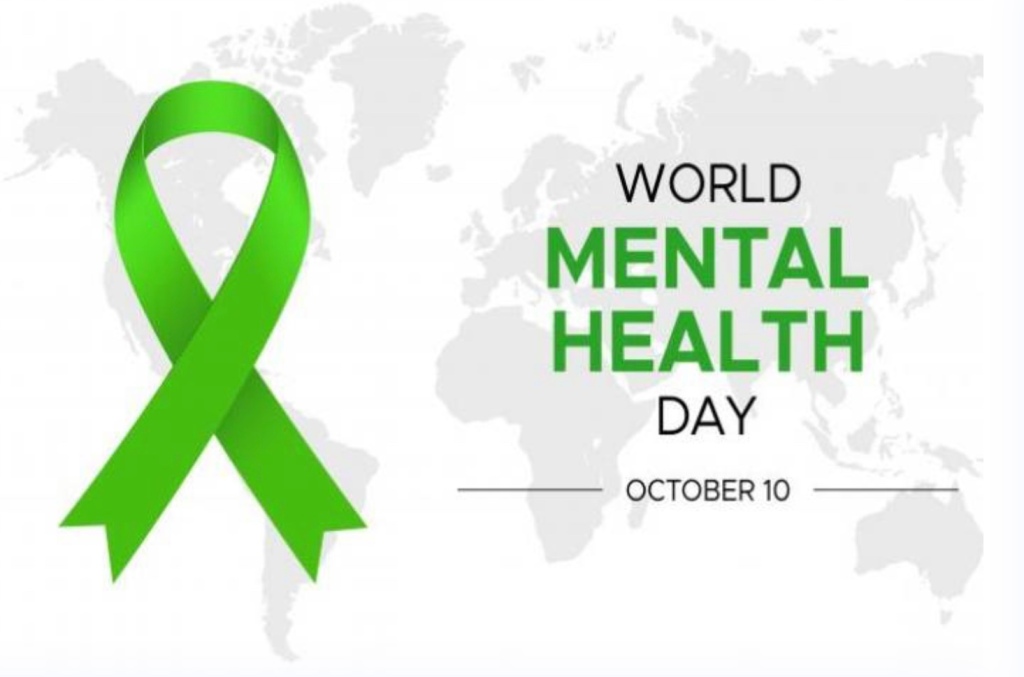This coming Sunday—the Feast of the Transfiguration—offers an excerpt from the work which we know as 2 Peter, the second letter attributed to the leader of the first group of disciples (2 Pet 1:16–21). This section of the letter is chosen to provide a companion piece to the account of the Transfiguration of Jesus, which we hear this year in Matthew’s version (Matt 17:1–9), and the story found in Exodus, of Moses atop a mountain “for forty days and forty nights” in the presence of “the glory of the Lord” (Exod 24:12–18).
2 Peter presents as a letter; the first verses follow the pattern of the opening address of a letter: “Simeon Peter…to those who have received faith…grace and peace” (1:1–2), but nothing else reflects standard letter practice. There are no closing greetings, simply a reference (unique amongst New Testament books) to Paul and “all his letters” and a warning not to be swayed by erroneous interpretations of them (3:15b–17). The work ends abruptly with a truncated benediction (3:18b).
The true purpose of this short document is signalled by a series of revealing phrases in an opening statement. With his death in view, the author asserts, “I intend to keep on reminding you …to refresh your memory…so that you may be able to recall these things” (1:12–15). Rather than a letter, the work is more accurately characterised as a farewell testament, delivered by a teacher to his disciples with his imminent death in view, to ensure that his teaching is remembered after his death.
Such works can be found in Jewish literature (Gen 47–49; 2 Sam 23; 2 Esdras 14; 2 Baruch 57–86; Testament of Moses; Testament of the Twelve Patriarchs) as well as in the New Testament (John 14–16; Acts 20:17–38; and we have noted that there may be elements in 2 Timothy).
The content of the teaching preserved in this document, however, is distant both from the teachings of Jesus (which the historical Peter would have heard) and from the first letter attributed to Peter. Rather than a letter penned by the disciple Peter, this book is a later work, written in the name of Peter in order to gain authority, to encourage believers at the end of the first century to hold fast to their faith.
The context in which this work was written was one of intense debate about doctrinal differences. However, in prosecuting his case, the author uses an argumentative style, with slogans and slanders to the fore, in place of substantive debate. Those who hold opinions different from the author are dismissed as “false prophets and false teachers” (2:1) and later as “scoffers” (3:3). Such people, it is claimed, are “nearsighted and blind” (1:9), “blots and blemishes” (2:13), “waterless springs and mists driven by a storm” (2:17).
Their behaviour is licentious (2:2, 18), greedy (2:3, 14), depraved (2:10), enslaved to corruption (2:19), defiled (2:20), irrational (2:12), insatiable (2:14), revelling in dissipation (2:13) and adulterous (2:14). What they teach is characterised as “the error of the lawless” (3:17); they malign the truth (2:2) and entice others (2:14, 18) by using slander (2:10, 12) and “deceptive words” (2:3); what they say is dismissed as “bombastic nonsense” (2:18) and “cleverly-disguised myths” (1:16).
The author claims that they once knew “the way of righteousness”, but have fallen away (2:20–21), in fulfillment of two rather odious proverbs, “the dog turns back to its own vomit” and “the sow is washed only to wallow in the mud” (2:22; the first from Prov 26:11; the origin of the second is unknown).
The author, by contrast, presents “precious and very great promises” (1:4) through his own “prophetic message” (1:19), which is further supported by the claim that he speaks as an eyewitness (1:16). The event which he witnessed is the moment when the divine voice declared Jesus as “my Son, my Beloved”, and Jesus was transformed (1:17–18).
This reference to the event known as the Transfiguration (reported in all three Synoptic Gospels) is intended to provide apologetic validation for his argumentative approach to things. His message is apologetically portrayed as “the truth” (1:12) and “the way of truth” (2:2), phrases familiar from the post-Pauline letter to the Ephesians and the “pastoral” epistles written by a student of Paul.
The author speaks this “prophetic message” as one “moved by the Holy Spirit” (1:21); the authority he claims is akin to “the words spoken in the past by the holy prophets, and the commandment of the Lord and Saviour spoken through your apostles” (3:2). Such apologetic claims are intended to support the views of the author, although whether they will have had any effect on those he criticises is doubtful, as he says of them that they “despise authority” (2:10)!
These words also indicate that the author writes at some remove from the time of Jesus, since the phrase “in the past” clearly applies not only to the prophets but also to the commandment of Jesus spoken by the apostles (3:2). The consistently negative, adversarial tone of the work indicates that constructive elucidation of the way of Jesus has taken a back seat to castigating those who hold a different point of view from the author.
The scenario is of a time late in the first century, perhaps even early in the second century, when conflicts over teaching had intensified. The scene of Jesus on the mountain is told purely and simply to buttress the authority being claimed by the writer—part of the cut and thrust of argumentation at the time.
*****
See also



























